Why Do Female Cats Roll Around After Mating? (Explained)
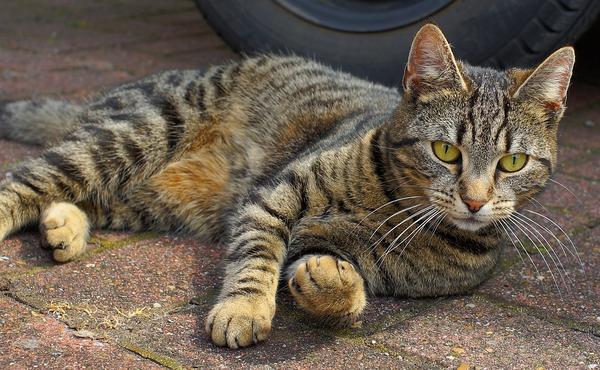
Why oh why do female cats roll around after mating?
Isn't it just one of those mysteries that make you scratch your head? 😕
I mean, what the heck is going on?
But fear not, my feline-loving friends, because today we're unraveling this enigma together.
Let's dive right in, shall we?
Common Behaviours After Mating in Female Cats
After female cats mate, they have certain behaviors that are important for their well-being and reproductive success. Here's what you need to know:
- Rolling: Female cats roll over on their back after mating because it makes them feel safe and helps them stretch their muscles.
- Rubbing: It's common for female cats to rub against things to spread their scent and mark their territory, which can increase the chances of successful fertilization.
- Increased grooming: They also groom themselves more around the genital area to stay clean and hygienic after mating, getting rid of any lingering scents from the male cat.
- Behavior changes: Some female cats may act differently after mating, becoming more territorial, aloof, or even aggressive. This behavior supports their readiness for pregnancy and estrus.
But remember, not all female cats show these behaviors.
Differences in personality, age, and previous mating experiences can influence their post-mating actions.
Also, female cats can mate throughout the year, with the breeding season typically occurring between March and September.
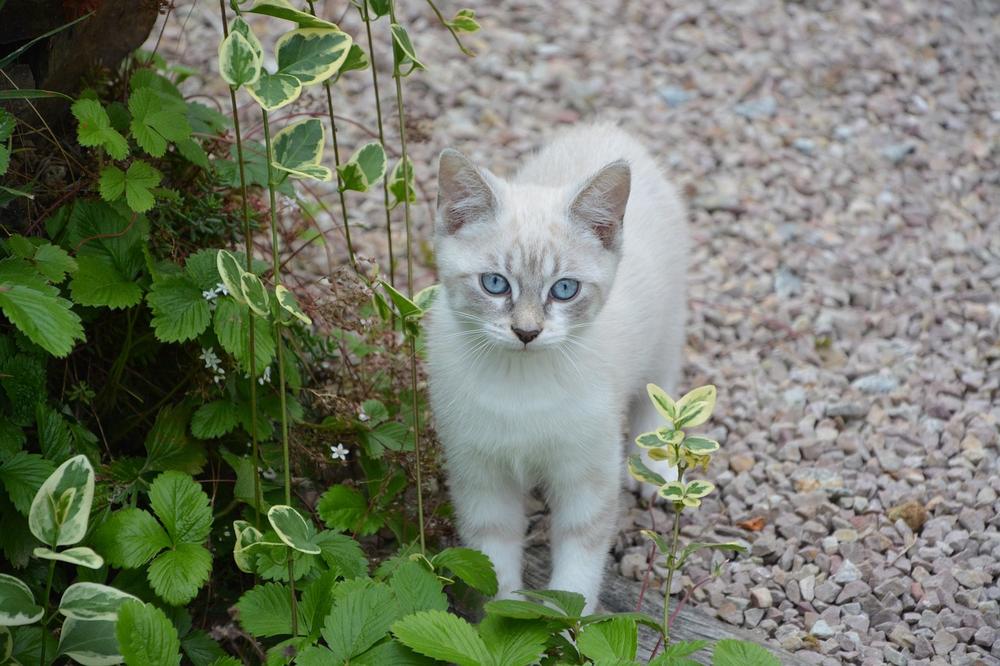
So, if your female cat displays rolling, rubbing, increased grooming, or behavioral changes after mating, don't worry... 😺
It's perfectly normal and beneficial for her reproductive health.
Main points I'll expand upon further down this article:
- Hormones play a crucial role in female cat behavior after mating.
- Rolling after mating helps stimulate ovulation and aid in egg release.
- Mating triggers ovulation in female cats, making it important for reproduction.
- Spaying or neutering female cats is ultimately beneficial.
- Female cats reach sexual maturity between 5 and 9 months of age.
- Heat cycles in female cats can last from a few days to two weeks.
- Rolling after mating helps eliminate the male's scent and attract another mate.
- Spaying and neutering help prevent unwanted pregnancies and reduce health problems.
- Ultrasound machines can determine if a cat is pregnant.
- Taking care of a mother cat and her kittens involves responsibility and preparation.
And now, let me delve deeper into the hormonal and physiological aspects behind these post-mating behaviors exhibited by female cats.
Ready?
Let's explore the fascinating world of estrogen, progesterone, and their influence on cat behavior...
The Impact of Hormones on Female Cat Behavior and Reproductive Processes
Estrogen and progesterone, crucial hormones in female cat reproduction, not only induce ovulation but also influence their behavior. The rolling behavior observed after mating helps stimulate ovulation, highlighting the impact of hormones on cat behavior and reproductive processes.
Estrogen and progesterone, two powerful hormones, play a major role in female cat reproduction.
These hormones not only stimulate ovulation but also affect the behavior of female cats. And let me tell you, it gets really interesting.
Have you ever seen your female cat rolling around after mating?
It might seem strange, but there's a method to this madness.
After mating, estrogen and progesterone levels soar in your female cat's body. These hormones cause significant changes in her reproductive system and lead to the rolling behavior.
But here comes the cool part – this rolling actually helps stimulate ovulation and assists in releasing those precious eggs.
Think of it as Mother Nature's own dance routine for cats, showcasing the influence of hormones on their behavior and playing a crucial role in the reproductive process. However, please bear in mind that mating itself triggers ovulation in female cats, making it an essential part of their reproductive journey.
But wait a minute!
You shouldn't assume that just because female cats roll around after mating, they should go on a wild mating spree.
In fact, spaying or neutering your female cat brings numerous benefits.
Here's an interesting tidbit for you:
When mating occurs, it sends a hormonal shock through the female's spinal cord, activating her neuroendocrine system.
Talk about a spine-tingling experience.
Although mating doesn't immediately end the heat cycle, ongoing hormonal changes continue throughout pregnancy until the cat is no longer in heat.
Listen closely, because this is the secret sauce: The fascinating reasons behind female cats rolling after mating will be revealed further down the blog post. Keep reading to discover possible explanations for this intriguing behavior.
But what is the purpose of this rolling behavior after mating?
Let me uncover the fascinating role it plays in reproduction.
The Reproductive System of Female Cats
Let's dive into the fascinating world of female cats and their reproductive system. Here are some key points you need to know:
- Rolling after mating facilitates semen spread, increasing chances of successful fertilization.
- Female cats become sexually mature between 5 and 9 months old.
- Some cats can mate as early as four months, so be prepared!
- When in heat, cats display behaviors like meowing, tail raising, and increased licking.
- The average duration of a cat's heat cycle is around a week.
- However, it can vary from a few days to two weeks depending on various factors.
- During this time, females can mate up to an astonishing 30 times!
- Heat cycles generally occur every 2 to 3 weeks.
- These cycles persist throughout a cat's reproductive years.
- Remember, mating behaviors and hormonal impacts were discussed earlier, so don't miss out on that valuable information.
With all this knowledge about your female cat's reproductive system, you'll be better equipped to understand and care for her needs.
And now, here's the deal...
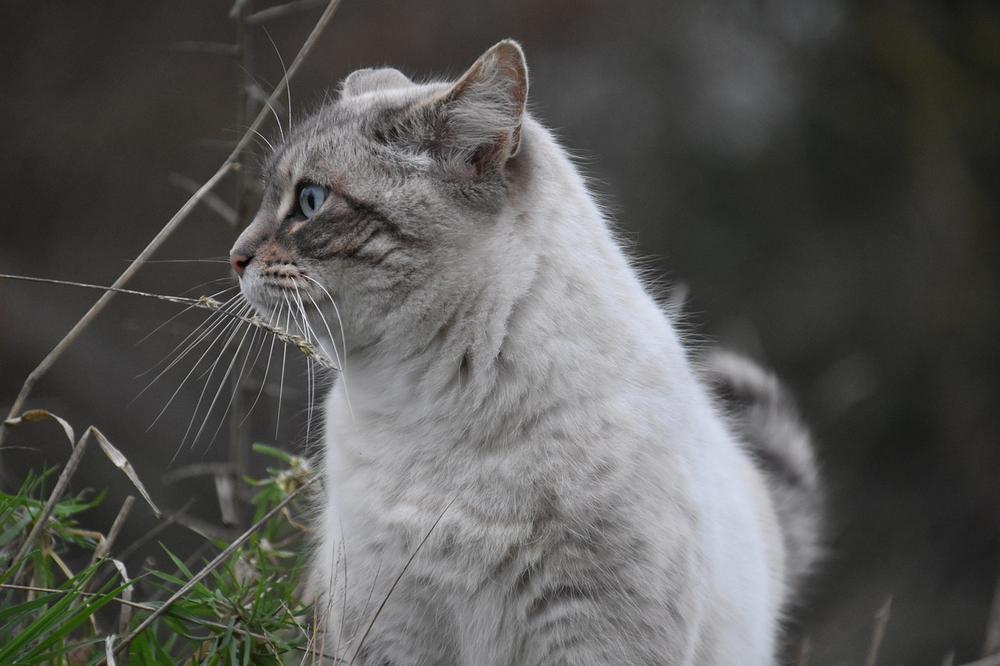
Have you ever wondered about the significance of female cats marking their scent after mating?
It turns out there's more to it than just eliminating the male's smell.
In the next section, we'll explore the intriguing world of pheromones and why they play a crucial role in a female cat's post-mating behavior.
Get ready to uncover some fascinating insights into the secret language of feline communication...
The Role of Scent in Female Cat Mating Behavior
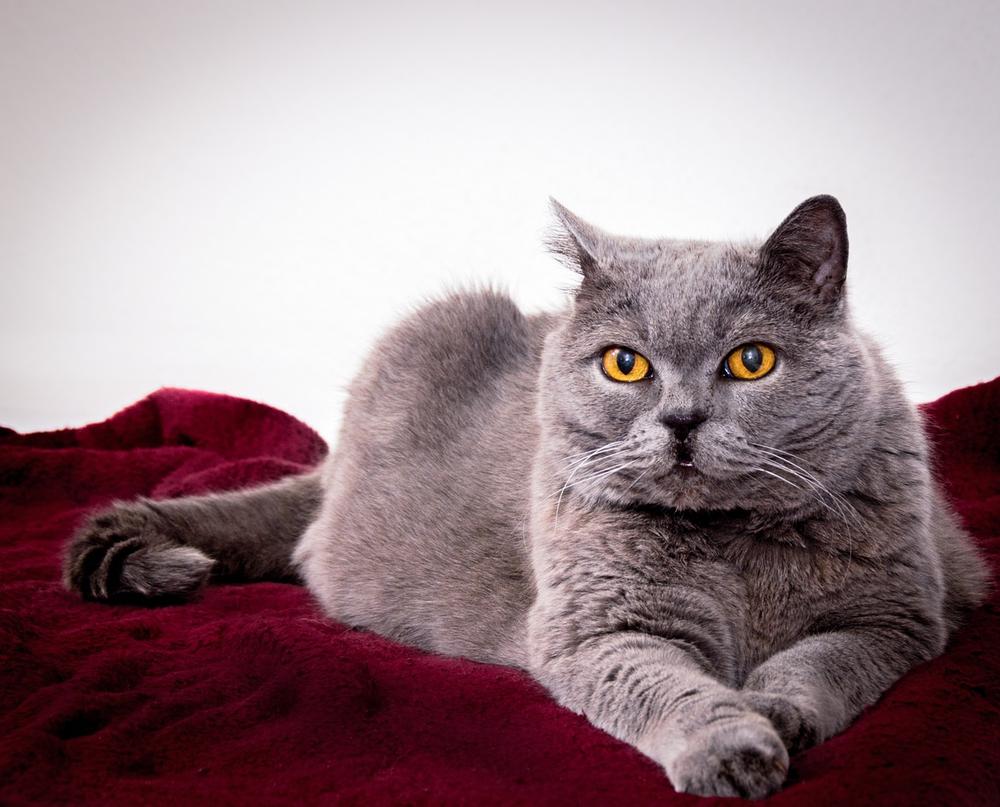
Here are 10 things to know about scent in female cat mating behavior:
- After mating, she rolls around to get rid of the guy's smell on her.
- Rolling also helps her spread her own scent far and wide.
- She marks stuff with pheromones to let everyone know she's available.
- Doing this helps her get rid of male smells and find a new mate.
- It also helps her avoid fights with other cats.
- Rolling moves the man's little swimmers to different parts inside her.
- It also masks her smell, keeping other dudes away.
- Don't forget, getting your cats fixed is super important.
- It also cuts down on stray kitties wandering around.
- Plus, it stops serious health issues like deadly infections.
Make sure you spay and neuter your feline buddies!
How to Know if Cat Has Mated?
Rolling, grooming, and behavior changes all hint that a female cat has mated.
Notice her increased grooming around the genital area after mating.
During the heat cycle, watch out for restlessness, agitation, and a raised tail, as these are signs that your feline friend may be pregnant.
For a definitive answer, consider using a pet ultrasound machine to determine if there are little ones on the way. Stay observant, keep an eye on those behaviors, and prepare yourself for the pitter-patter of tiny paws.
Possible Reasons for Rolling Behavior After Mating
Rolling behavior after mating serves as a self-soothing mechanism
After cats mate, they tend to roll around. It's believed that this helps them feel better and relieves any stress or discomfort they may have experienced.
So, it's like a little soothing ritual for them.
Rolling helps cats release sperm, cool down, and mark territory
In the wild, cats want to wrap up their mating quickly to stay safe.
Afterward, rolling around actually serves a purpose for both male and female cats.
For males, it helps them release any left-over sperm and cools them down after the deed is done.
And for females, it's a way of marking their territory and showing other cats that they are not available for mating.
Rolling relieves stress and excess energy
Female cats often roll around after mating to let off some steam and release built-up energy.
It's kind of like hitting a reset button for them.
After mating, male cats usually leave and female cats don't instantly call them back.
This can leave the females feeling frustrated or full of pent-up energy. Rolling around helps them get rid of that energy and find a sense of comfort.
You need to note that if your cat doesn't get pregnant from mating, her heat cycles can start again.
This might lead to more loud yowling due to reproductive organ discomfort and ovulation stimulation.
To prevent such issues and contribute to reducing homelessness and illness among female cats and kittens, it's highly recommended to have your cat spayed or neutered.
By doing so, you'll be promoting their all in all well-being and avoiding unplanned litters.
In case you're wondering about female cat behaviors like humping, I have addressed this in depth in my article Why Do Female Cats Hump.
Understanding if it's normal or not can pique your curiosity.
So, don't hesitate to check it out!
Four Tips to Keep a Pregnant Cat Happy and Healthy
During your pregnant cat's delicate period, you need to keep her happy and healthy.
Here are four tips you should make sure that you ensure her well-being:
- Give her a quiet and cozy space: Create a secure nesting area where she can relax without any stress or danger.
- Feed her a balanced diet with extra calories: Make sure she gets a high-quality diet that provides the additional calories she needs for the growth of her kittens.
- Keep her environment stress-free: Avoid loud noises and sudden movements that might startle her. This will help keep her calm and minimize any potential stress.
- Don't skip vet checkups: Regular visits to the veterinarian are important throughout her pregnancy. The vet can monitor her health, address any concerns, and give necessary vaccinations.
Look out for signs like a growing belly, swollen mammary glands, and increased appetite to confirm her pregnancy.
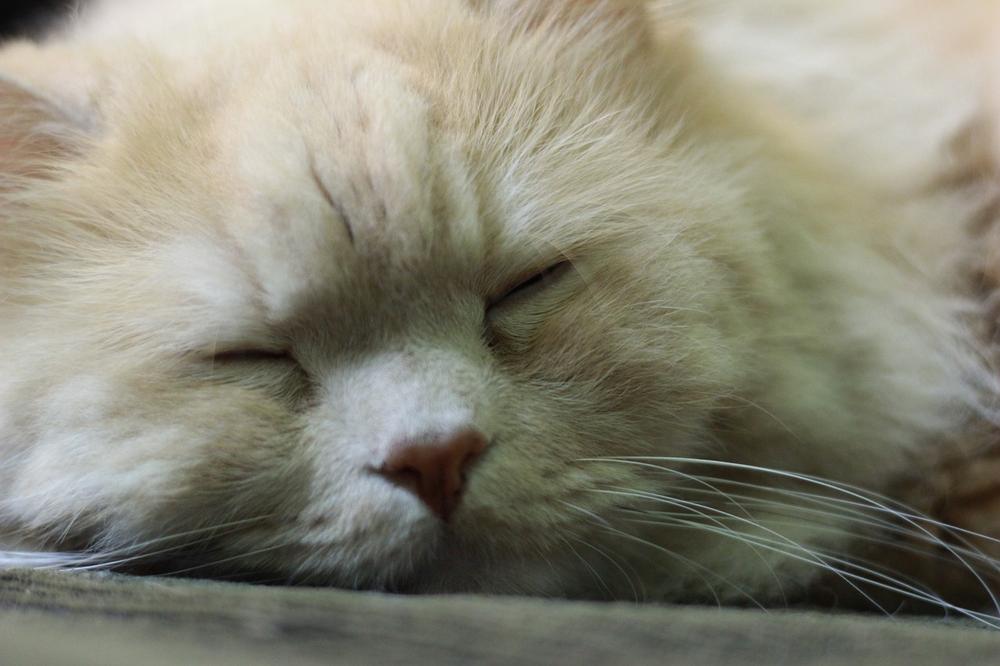
Also, bear in mind that cat pregnancies usually last around 63 days and tend to happen in warmer months.
Lastly, consider building a nesting box to make the birthing process easier.
Ensuring your pregnant cat is comfortable and well-cared for is essential for a healthy pregnancy and successful delivery.
How to Take Care of Mother Cat and Kittens After the Birth
To take good care of a mama cat and her little ones after they're born, here's what you need to do:
- Watch how the mama cat acts right before she gives birth.
- Make a cozy and safe spot for the mama and kittens to relax in.
- Feed the mama nutritious food so she can produce plenty of milk.
- Give the mama fresh water to drink and keep her hydrated.
- Keep their sleeping area clean by changing the bedding and cleaning up any messes.
- Give the mama cat alone time with her kittens for snuggles and feeding.
- Handle the kittens gently, so you don't stress them out or hurt them.
- Keep an eye on both the mama cat and the kittens' health.
- Let the kittens meet people early on so they get used to being around humans.
- Find great homes for the kittens when they're old enough.
For mama cat and her cute babies to remain healthy and content, just adhere to these instructions.
And that wraps up today's article.
If you wish to read more of my useful articles, I recommend you check out some of these: Why Do Cats Lift Their Bum When You Pet Them, Cat Humps Toys, Why My Cat Humps Me, Will Male Cats Try to Mate Hump With Other Males, and Why Do Cats Hate Getting Their Nails Cut
Talk soon,
-Sarah Davis